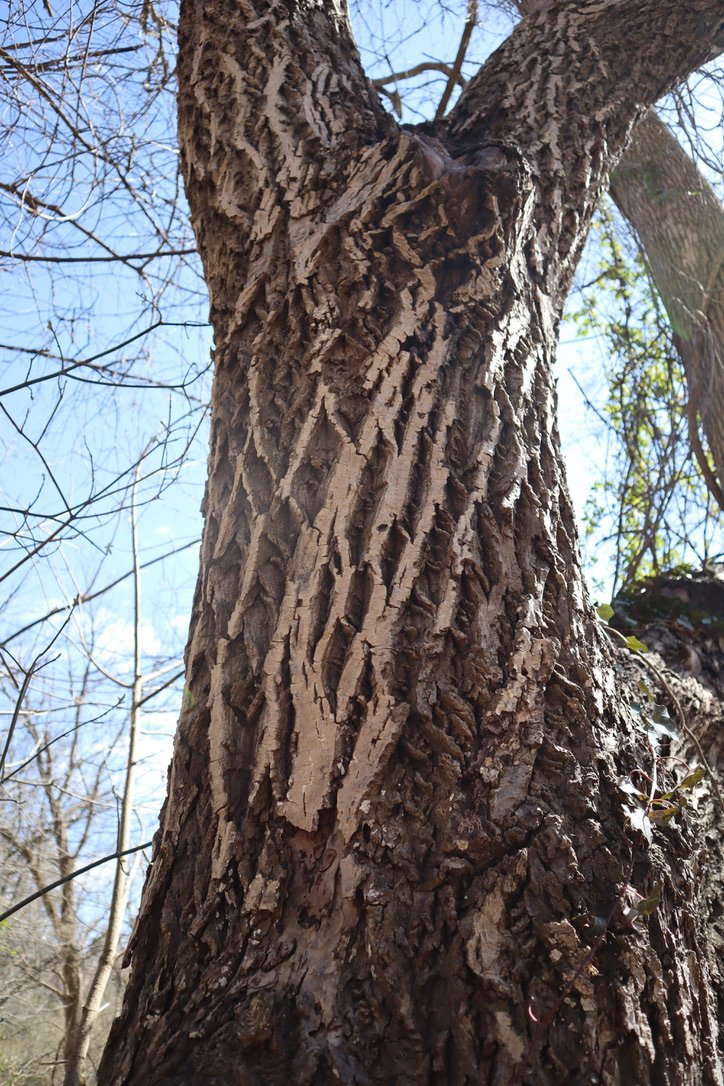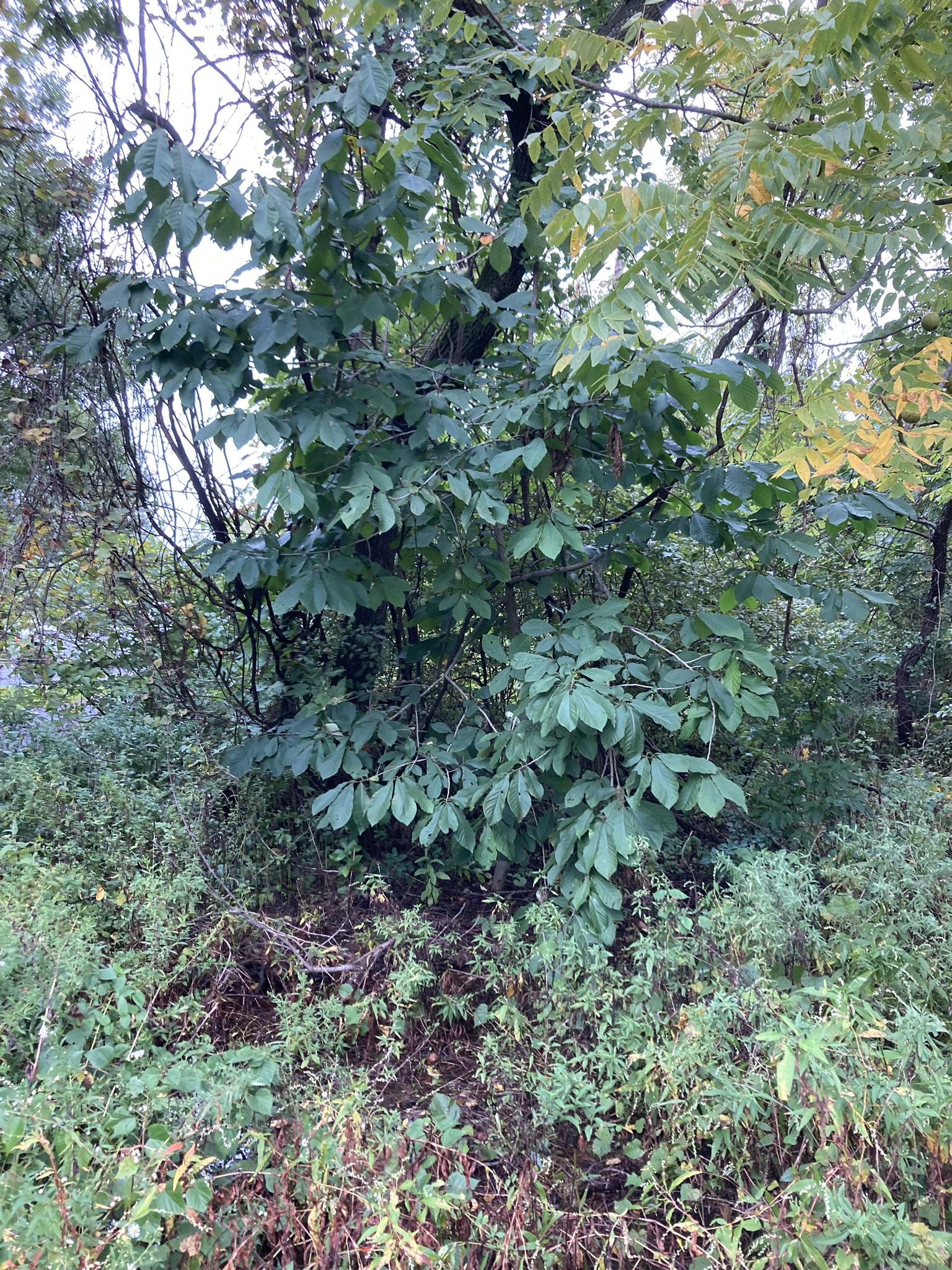 Image 1 of 7
Image 1 of 7

 Image 2 of 7
Image 2 of 7

 Image 3 of 7
Image 3 of 7

 Image 4 of 7
Image 4 of 7

 Image 5 of 7
Image 5 of 7

 Image 6 of 7
Image 6 of 7

 Image 7 of 7
Image 7 of 7








Butternut
Juglans cinerea (Butternut / White Walnut)
Medium to Large Deciduous Tree | Eastern North American Native | Nut Tree in Decline | Conservation Priority
Highlights for Native Plant Enthusiasts:
🐿 Produces sweet, oily nuts prized by wildlife—black bears, squirrels, chipmunks, and birds
🐛 Host to specialist moths and beneficial insects that depend on native Juglans
🍃 Long, compound leaves create a soft, open canopy that supports understory diversity
🌾 Naturally found in rich, moist woods and streamside slopes
🌿 Once common—now threatened by butternut canker; planting contributes to conservation and gene pool diversity
🪵 Traditionally valued for its pale, soft, beautiful wood—a legacy tree with deep ecological roots
Growing Information:
Height: 40–60 ft | Spread: 35–50 ft
Soil: Moist, well-drained, loamy soils preferred
Light: Full sun
Zones: 3–7
Type: Deciduous tree
Restoration Note: Many plantings today support ex situ conservation and restoration efforts
Why Native Growers Love It:
Juglans cinerea is a rare and irreplaceable part of eastern forest ecosystems—a native nut tree whose numbers have plummeted due to introduced disease. By planting butternut, you're joining a growing movement of ecological stewards, forest landowners, and conservationists helping to preserve this species for future generations.
Its sweet, oily nuts feed a wide range of wildlife, and the tree provides unique habitat value that no non-native substitute can replicate. Every seedling planted is a step toward recovery, resilience, and biodiversity.
Butternuts in Delaware are almost extinct in their pure form due to a canker disease that has effectively wiped them out. Efforts are underway across the country to breed disease resistance to Butternut Canker so that they may one day survive and thrive in again in the wild.
Available as seed-grown saplings from various sources, including some trees showing possible canker tolerance. Grown without synthetic herbicides and pesticides, and managed with disease-aware practices.
🛒 Plant Juglans cinerea—restore a vanishing native and leave a living legacy.
Juglans cinerea (Butternut / White Walnut)
Medium to Large Deciduous Tree | Eastern North American Native | Nut Tree in Decline | Conservation Priority
Highlights for Native Plant Enthusiasts:
🐿 Produces sweet, oily nuts prized by wildlife—black bears, squirrels, chipmunks, and birds
🐛 Host to specialist moths and beneficial insects that depend on native Juglans
🍃 Long, compound leaves create a soft, open canopy that supports understory diversity
🌾 Naturally found in rich, moist woods and streamside slopes
🌿 Once common—now threatened by butternut canker; planting contributes to conservation and gene pool diversity
🪵 Traditionally valued for its pale, soft, beautiful wood—a legacy tree with deep ecological roots
Growing Information:
Height: 40–60 ft | Spread: 35–50 ft
Soil: Moist, well-drained, loamy soils preferred
Light: Full sun
Zones: 3–7
Type: Deciduous tree
Restoration Note: Many plantings today support ex situ conservation and restoration efforts
Why Native Growers Love It:
Juglans cinerea is a rare and irreplaceable part of eastern forest ecosystems—a native nut tree whose numbers have plummeted due to introduced disease. By planting butternut, you're joining a growing movement of ecological stewards, forest landowners, and conservationists helping to preserve this species for future generations.
Its sweet, oily nuts feed a wide range of wildlife, and the tree provides unique habitat value that no non-native substitute can replicate. Every seedling planted is a step toward recovery, resilience, and biodiversity.
Butternuts in Delaware are almost extinct in their pure form due to a canker disease that has effectively wiped them out. Efforts are underway across the country to breed disease resistance to Butternut Canker so that they may one day survive and thrive in again in the wild.
Available as seed-grown saplings from various sources, including some trees showing possible canker tolerance. Grown without synthetic herbicides and pesticides, and managed with disease-aware practices.
🛒 Plant Juglans cinerea—restore a vanishing native and leave a living legacy.































